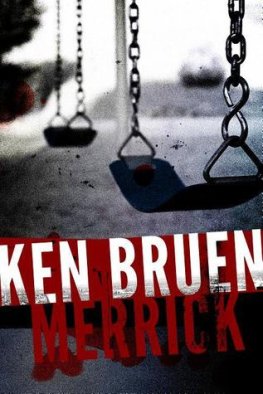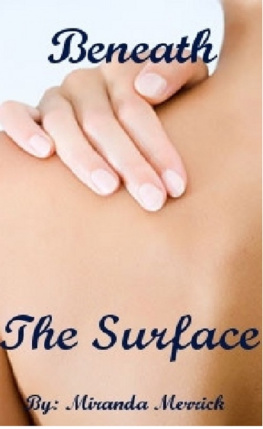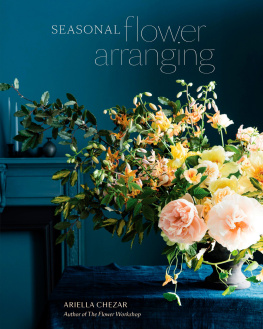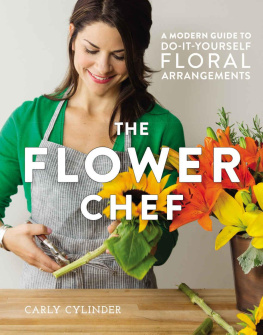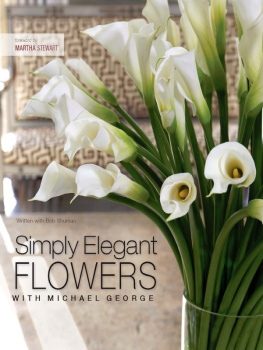
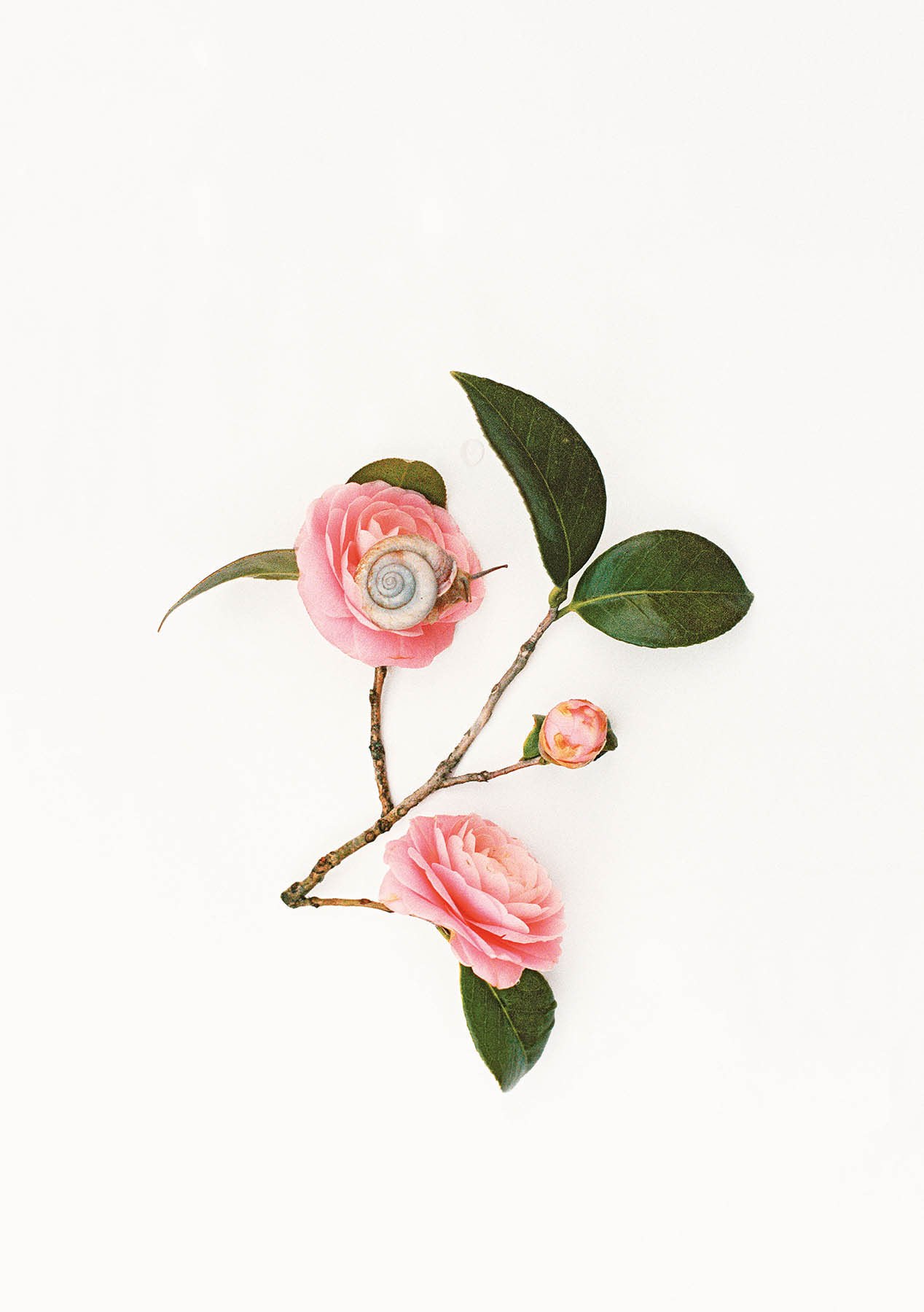
on flowers
lessons from an accidental florist
AMY MERRICK

Contents
On the fine art of choosing flowers, selecting the perfect vase, and knowing precisely how to put the two together.
On loving cheap bouquets, sending flowers like a florist, and appreciating overgrown parking lots.
On the subtle superiority of hand-picked flowers, wandering in meadows, and opening the windows.
On smelling like a flower, succumbing to the romance of roses, and how to take a bath.
On dandelion wishes, daisy dreams, and arranging shadows instead of flowers.
On buying one-way plane tickets, breaking thousand-year-old vases, and finding a home wherever you find yourself.

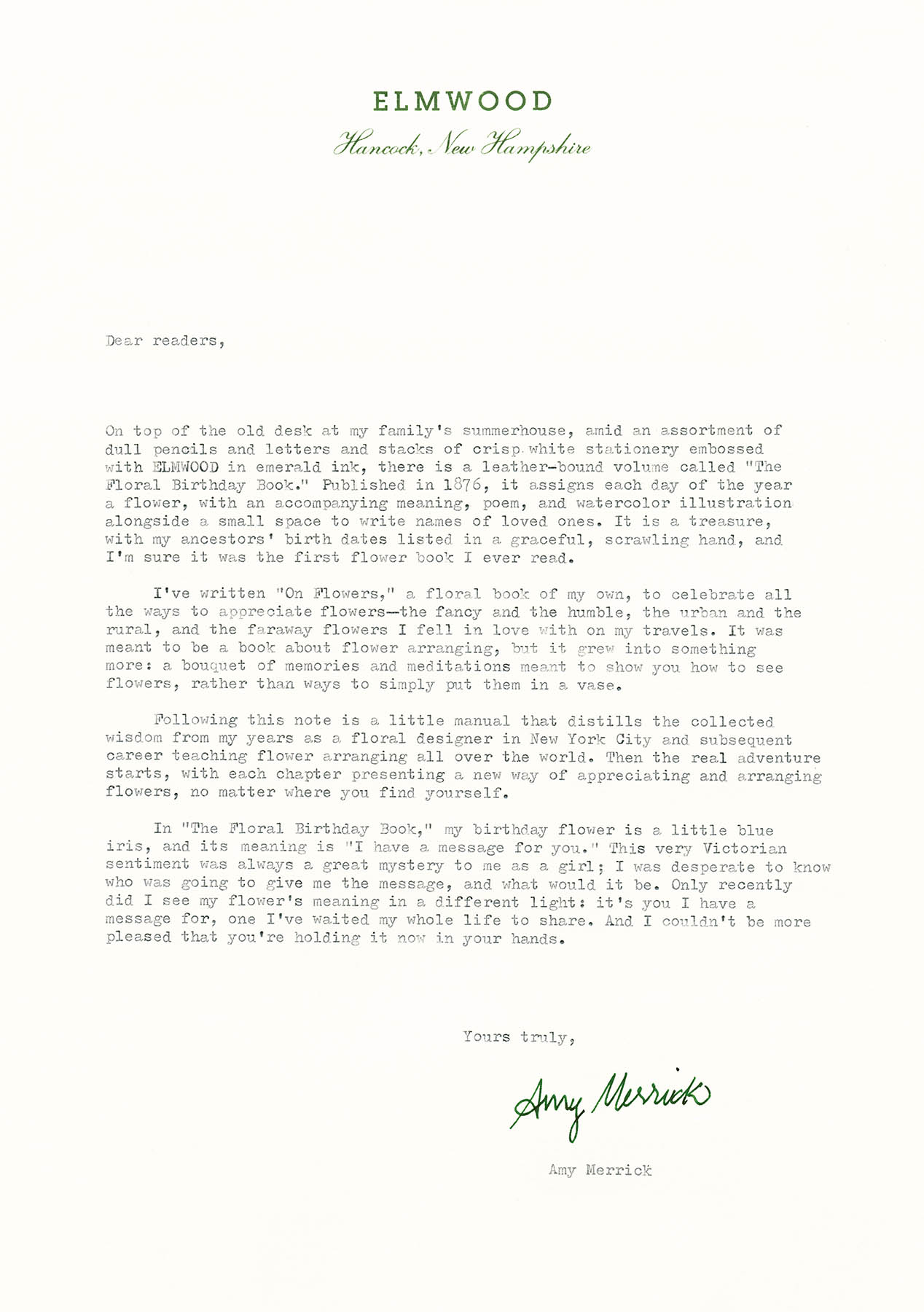
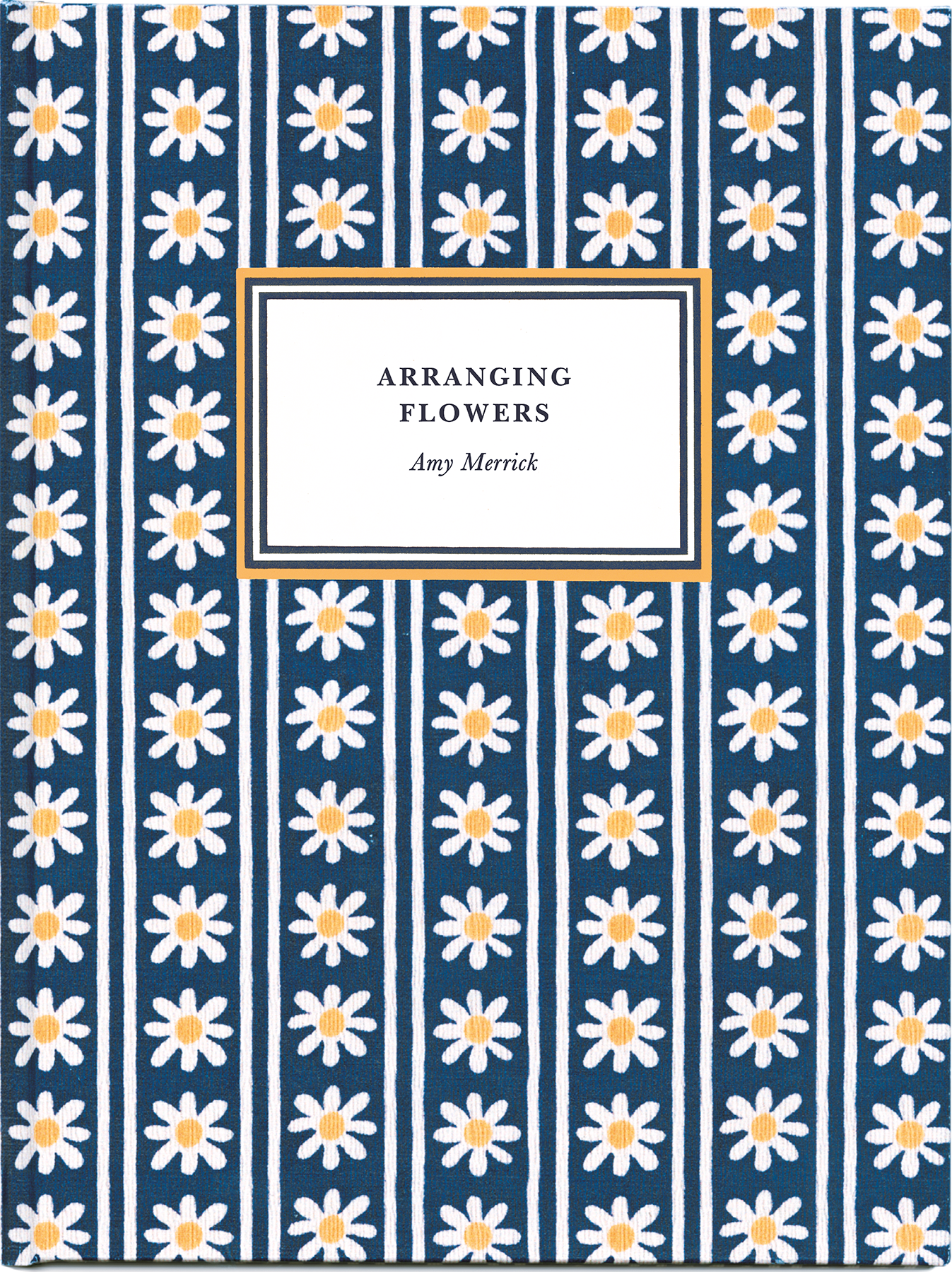
HOW TO SELECT FLOWERS
C hoosing flowers is the most important part of making an arrangement. Once youve done that, the hardest work is already finished. Your pairing of colors and textures will set the mood for your creation and allow your own unique voice to shine. First, determine the spirit of your arrangement: maybe a subtle whisper with tiny trembling wildflowers, or perhaps a chorus of color and contrast with big bold blooms? Something architecturally sparse or dripping with romance? Next, select your flowers, using season, color, and texture to guide your choices and evoke your chosen mood. Flowers speak. What would you like them to say?
season
To love flowers is to revere nature, and to revere nature is to honor seasons. This ethos should dictate your floral selectionsanything else would feel boorish in these modern times. Seasonal flowers have an unmatched vitality and character, an of-the-moment insouciance that even the most opulent imported blooms lack. They offer crooked, whimsical stems; unique colors; nuanced variegation; and unusual varietiesthey are often fresher and a better value, too. Seasons are different in every corner of the world, and your observations will inspire arrangements that feel truly of their place. Look outside your window and find something beautiful.
color
Color is an enticement, a botanical come-hither whose spell is cast on pollinators and people alike. To impose my own palette preferences on your creativity would be stifling, and it would be useless, too; Im hopelessly fickle, and any passing hue can catch my eye. (I must admit, however, I often worry about people who like only white flowers.) It is sufficient to say that on the color wheel, neighbors will harmonize and opposites will vibrate. Look to natures own variegation for surprising combinations, and never stop experimenting with subtle shifts in hue and the feelings they evoke. Its worth noting that green acts as natures neutralizer: a lot of green foliage will drain the drama from a vase of bright blooms.
texture
Velvety, creamy, glossy, feathery, papery, waxy, crinkly; tactile textures are sumptuous pleasures of nature. Contrasts in texture can add an element of surprisethink of the willowy grace of a vine cascading through the architecture of a thorny branch, or perhaps a pillowy pile of blooms studded with clusters of berries. Pairing similar textures can also be dramatic: a large, diaphanous bunch of lacy wildflowers gathered into billowing clouds, each wispy stem holding significantly more impact when used en masse. Texture adds a delightful depth to any arrangement.
HOW TO CHOOSE A VASE
S electing a vase is an exercise in proportion, a conversation between the size and shape of your flowers and your container. There is a sixth sense when it comes to choosing the right-size vase, but luckily, it is a sense that can be improved through practice, similar to learning to taste hitherto undetectable flavors in expensive wine. The perfect flower in the perfect vase is a marriage of equalscolor, proportion, and spirit in agreement.
Vase is a fluid word. Really, it can be anything that holds water: a salad bowl, an antique treasure, a coffee cup, a lovely piece of pottery, a rusty bucket, a tiny shell flipped upside down to make a miniature dish. Cherish vases and keep them clean; a spotless vase will aid in keeping bacteria at bay.
These are the shapes I love most: bud vase Find a single perfect flower, and the work is done for you. footed vase Elegant for refined, painterly arrangements. shallow bowl Float a few stems, or use additional support to create a full centerpiece in the round. pitcher Lovely for effortless, natural wildflower bouquets. ginger jar A graceful, gently rounded body with a narrow mouth. Deliciously simple and stable. miniature vase A witty wink for a small stem.
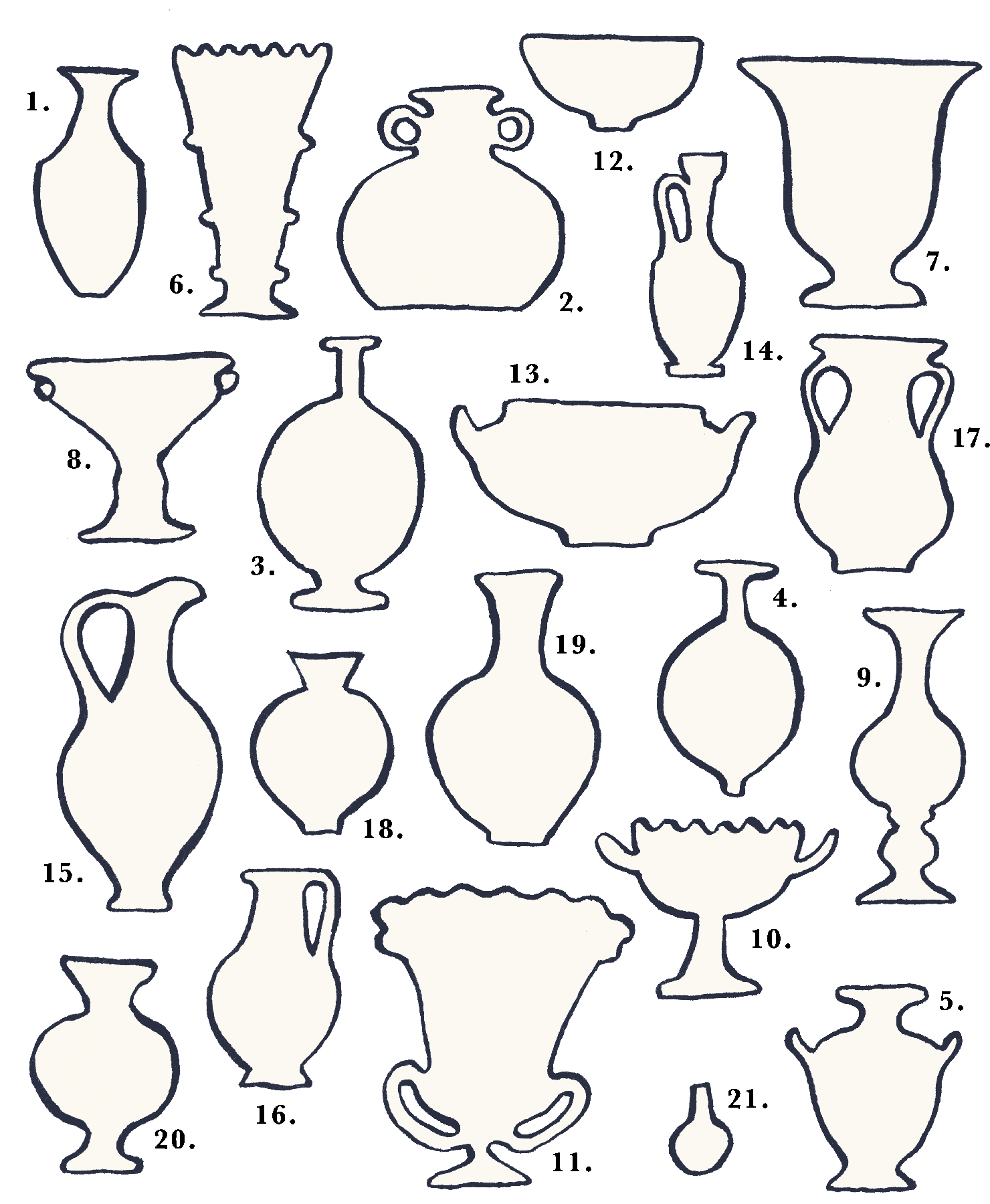
A few of my favorite vases
1.5. bud vases 6.11. footed vases 12.13. shallow bowls 14.16. pitchers 17.20. ginger jars 21. miniature vase
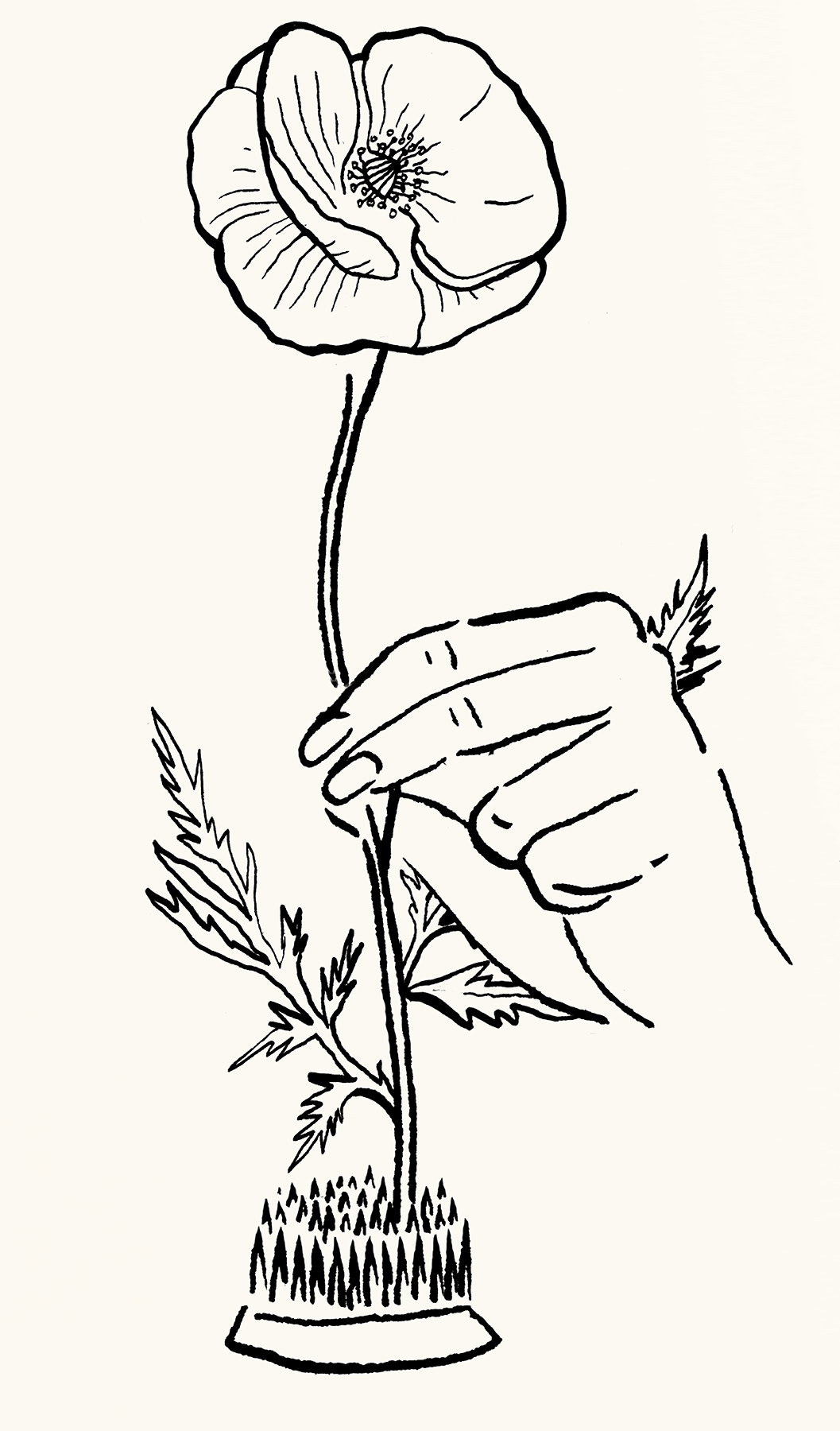
How to use a flower frog
FLOWER HOLDERS
W ide or shallow containers often require additional structural support to be used for flower arrangements. When stems cannot stand on their own, creating a base using one of the tools below will help things along.
natural materials A small branch with stems tucked inside a vase makes a delightfully simple and effective internal support for opaque containers. The interlacing twigs will form a web to hold flowers in place; just be sure to remove all the leaves before you start.
flower frogs These wonders are best suited to shallow vases or bowls, and are most helpful for arrangements that will not need to be transported. The sharp pin variety is especially useful. Old frogs can be found for just a few dollars at flea markets and yard sales and are heavy enough to hold an arrangement on their own, but newly produced frogs need to be attached to a vessels bottom with floral adhesive, available at craft stores. The following page shows my personal collection of flower frogs.
chicken wire This is a user-friendly option for vases with wide mouths; when balled up, it makes for a very strong and reusable structure. Wire cutters are crucial here, as repeated wire snippings will ravage your floral clippers.
Please avoid floral foam, a rather distasteful petroleum-based material that does not biodegrade and gives arrangements an unnatural rigidity.
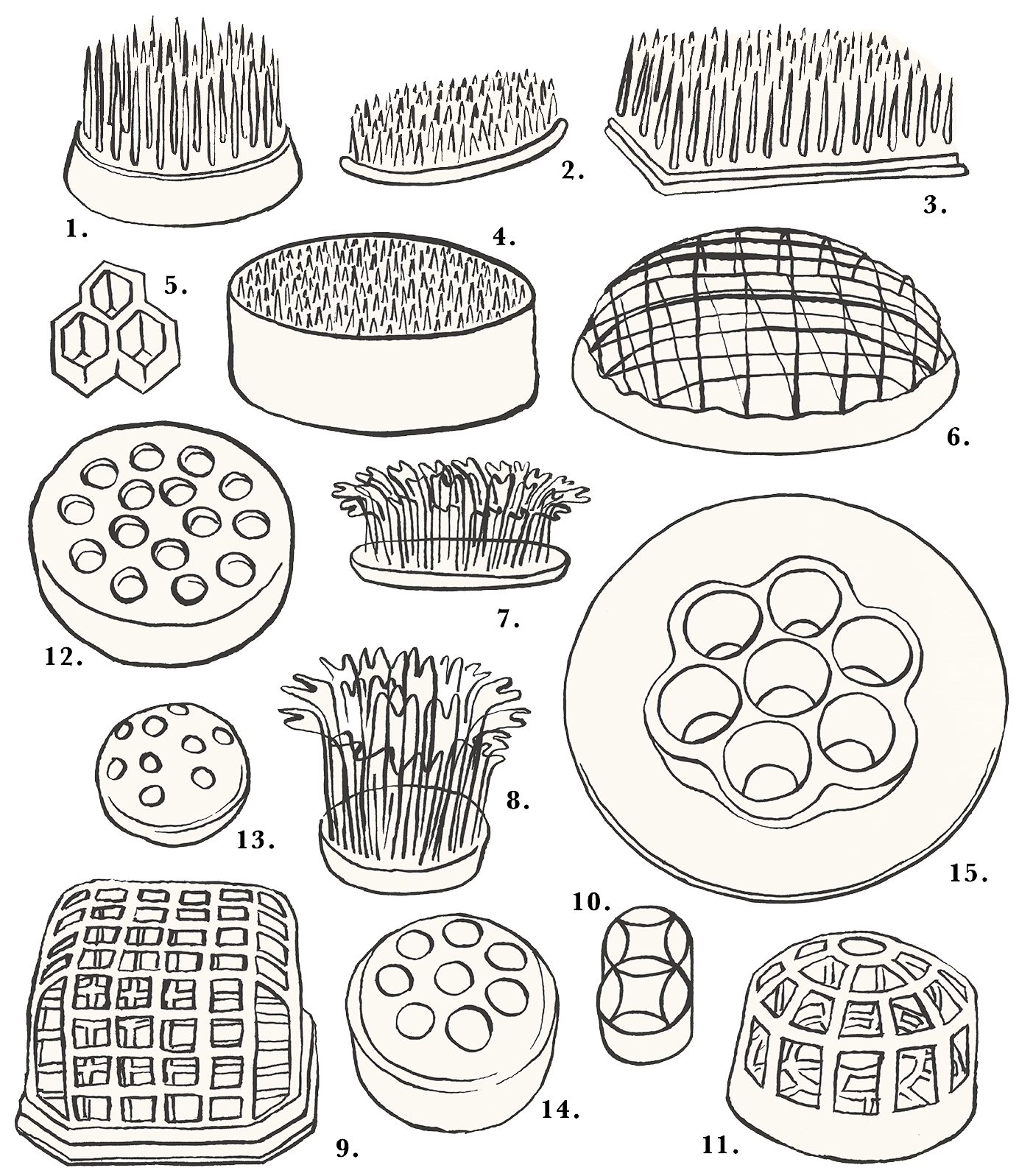
My flower frog collection
1.4. pin holders (or kenzan), used to pierce stems in place 5.11. vintage metal cages 12.14. ceramic domes with holes for stems 15. a glass holder, lovely when visible in a bowl
Next page


